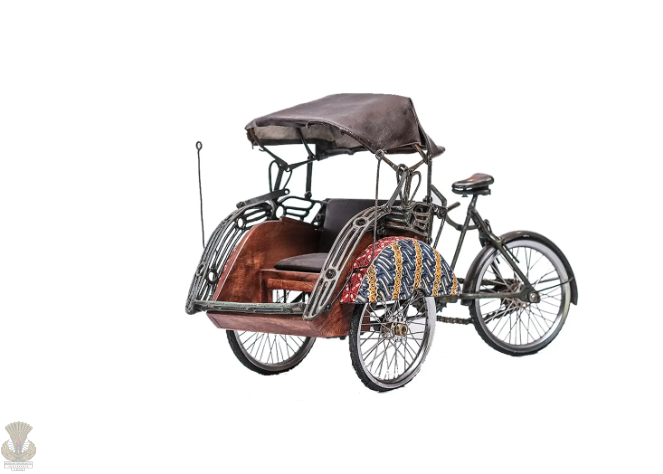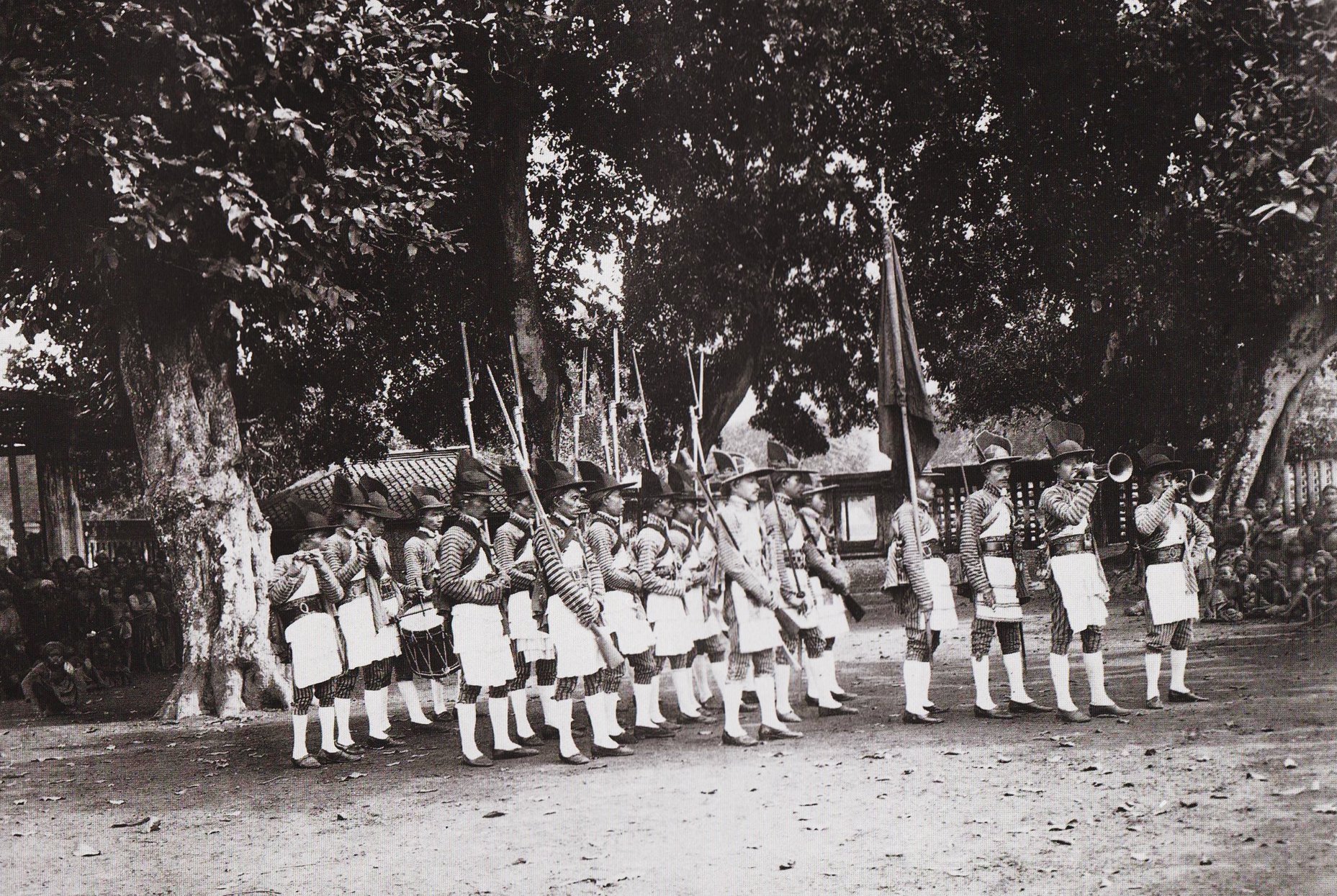News
The History of Becak: From Japan to Indonesia and Its Popularity in Yogyakarta
Becak, a traditional three-wheeled vehicle, remains a popular mode of transportation in Indonesia, especially in tourist cities like Yogyakarta. This unique form of transportation has a long and fascinating history, from its invention to its arrival in Indonesia. For those interested in the history of transportation, this article will provide an overview of the origin and development of the becak in Indonesia.
The Origin of Becak: Created by Accident
The becak was first designed around 1865 by an American missionary named Jonathan Goble. Goble created this vehicle to help his paralyzed wife, Eliza Weeks, move around more easily. Initially, Goble sketched a small, roofless carriage on a piece of paper and handed the design to Frank Pollay, who then developed it further and took it to a blacksmith named Obadiah Wheeler. This collaboration led to the creation of the first becak, which would eventually spread to various countries.
Unexpectedly, this vehicle, initially designed for personal needs, gained popularity in Japan. The becak quickly spread to major Japanese cities and became a common mode of public transportation. Its practicality attracted widespread interest, leading to its introduction in other Asian countries, including Indonesia.
The Journey of Becak to Indonesia
Becak is believed to have entered Indonesia in the 1930s through Singapore. At that time, Chinese merchants traveling to Singapore saw the becak and were inspired to bring it to Indonesia as an alternative mode of transportation. The design of the becak in Indonesia was adapted to local needs, featuring three wheels with pneumatic tires and powered by the pedaling of a driver.
Over time, becak became a popular mode of transportation in various Indonesian cities, especially for short distances. It was considered an affordable and comfortable option for city dwellers.
Becak in Yogyakarta: Through the Ages
In Yogyakarta, becak started to appear around the 1940s. At that time, it was used for transportation both within and between districts. The becak in Yogyakarta has since become an iconic symbol closely associated with the local culture. By the 1950s, several shops in Yogyakarta were producing and selling becak, including Lie Kiong, HBH, and Rocket in Kranggan. These shops played an important role in introducing and popularizing the becak in Yogyakarta and surrounding areas.
Becak: A Symbol of Traditional Transportation
Despite the advancement of technology and the emergence of modern modes of transportation, the becak has remained a common sight, especially in tourist areas. In Yogyakarta, it has become an attraction for visitors who want to experience the city’s ambiance at a leisurely pace while enjoying the scenery. The becak also stands as a cultural and historical symbol that endures amid technological progress.



